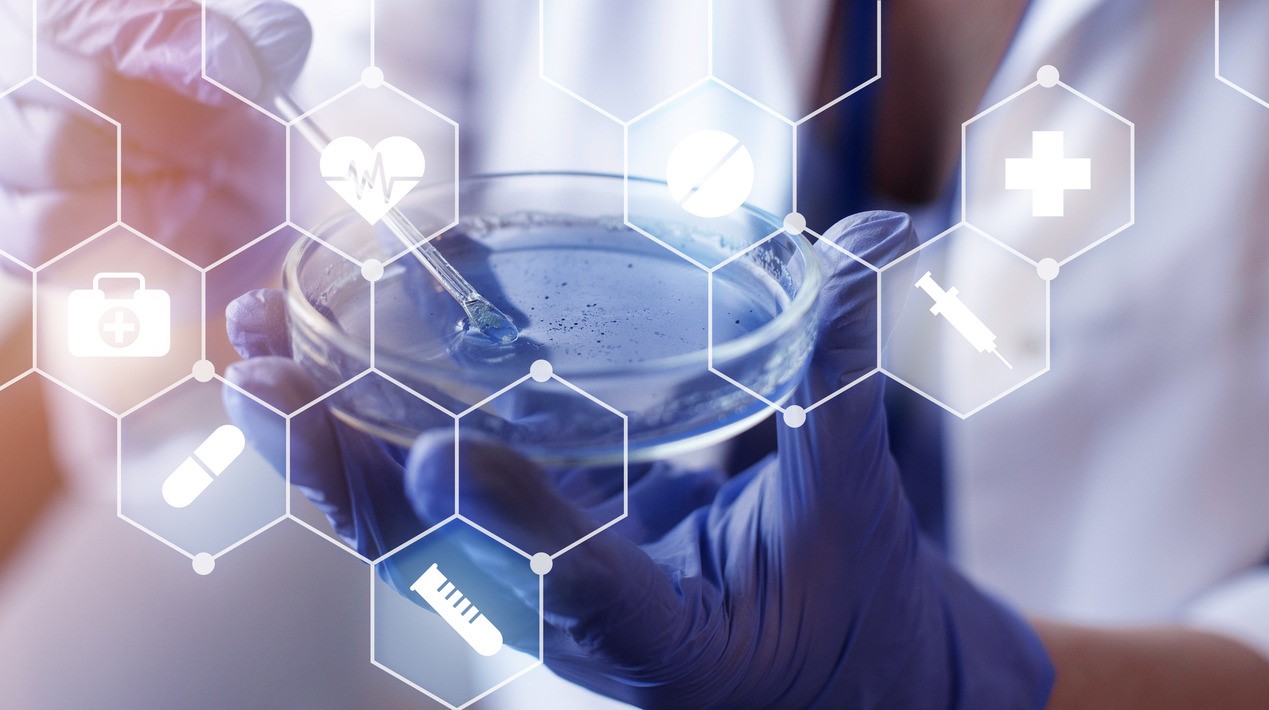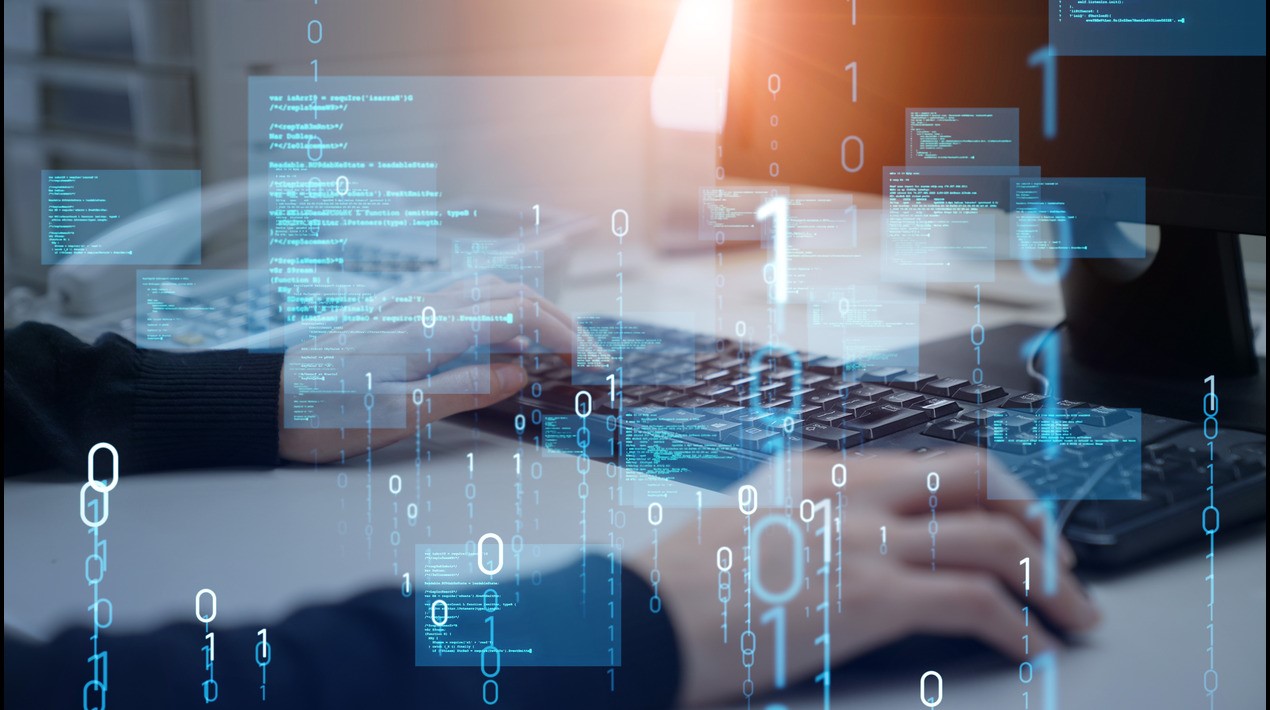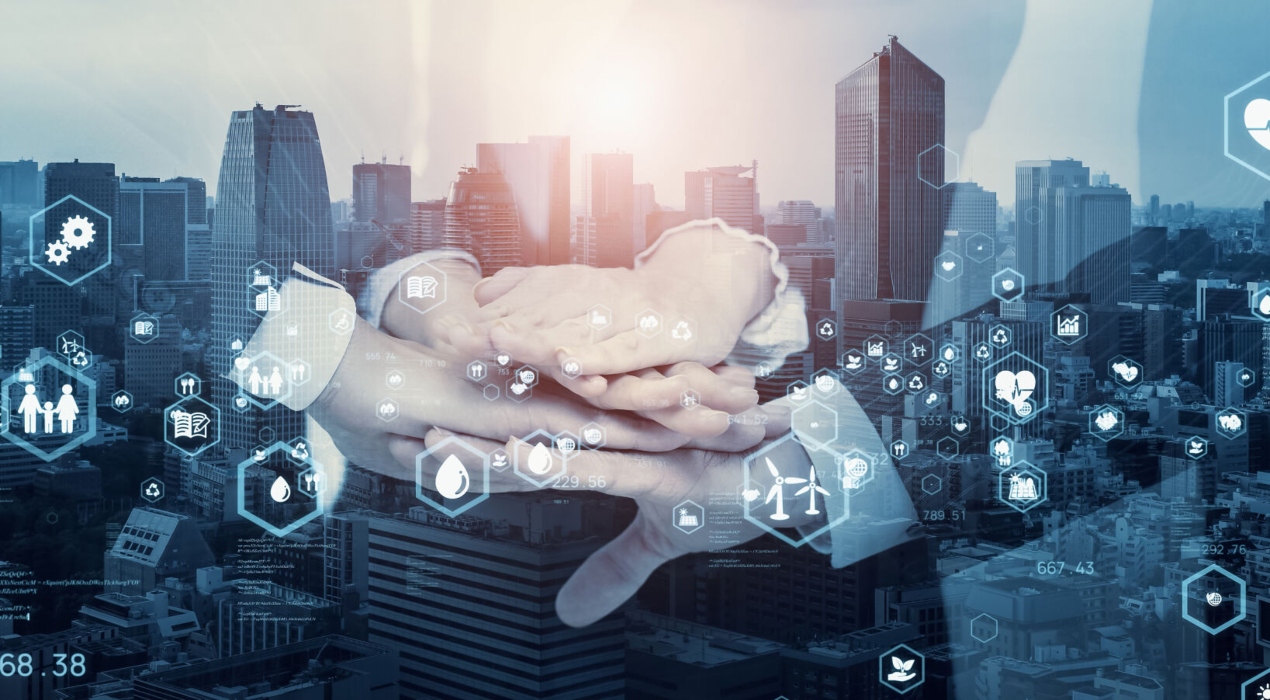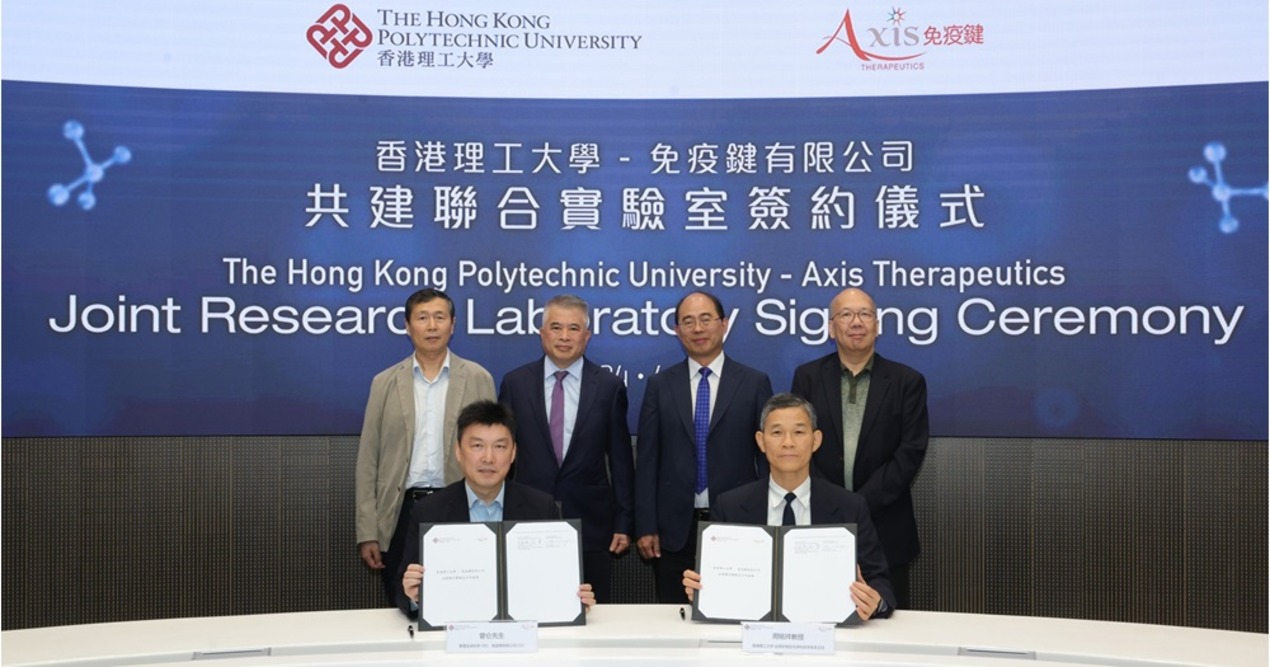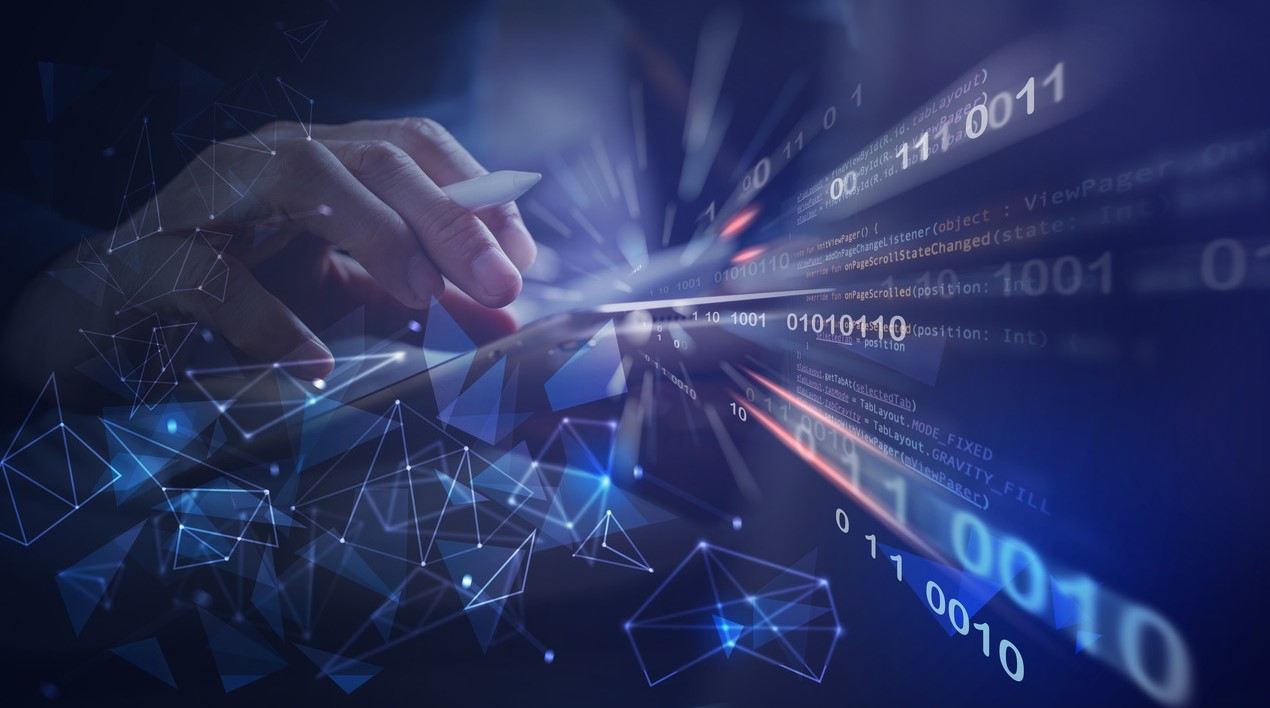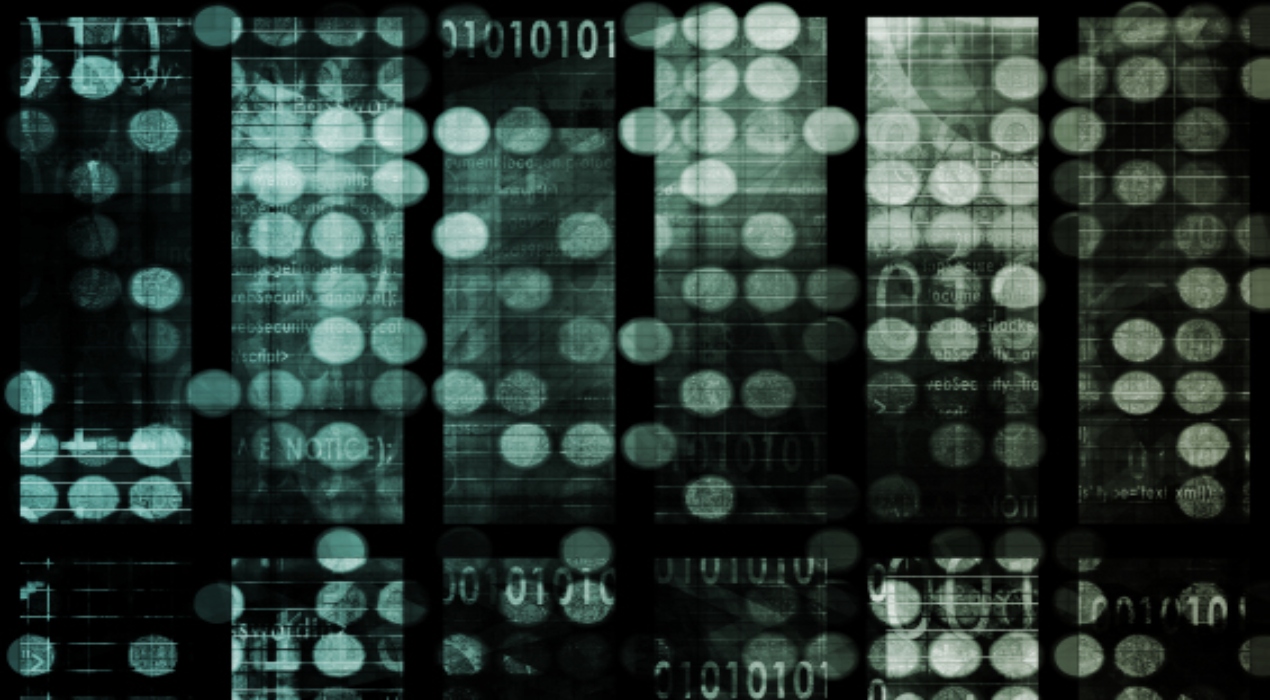
The Odisha Chief Minister, Naveen Patnaik, recently launched an online service for the identity verification and submission of life certificates for pensioners of the state government. The initiative was inaugurated under the state’s Digital Life Certificate system initiative. According to a report, the Chief Minister virtually launched the service while attending the orientation programme for newly recruited 153 officers of Odisha Civil Services. He claimed that Odisha is the first state in the country to implement such a digital service for pensioners.
Through the service, pensioners can now submit identification and life certificates using artificial intelligence (AI) based video-verification processes. It will be of immense help to the pensioners as they can submit their identification and life certificates digitally, without having to visit government offices and simply by using their mobile phones, Patnaik stated. This will help citizens follow COVID-19 social distancing protocols.
The facility will be available at the ‘Mo Seva Kendras’ located across the state. Patnaik also launched an E-Dairy, through which citizens can access all the information contained in the government diary, via their mobiles. These initiatives are part of the Odisha government’s 5T and ‘Mo Sarkar’ initiatives. The 5Ts stand for teamwork, technology, transparency, transformation and time-limit on which the performance of government officials and projects are judged. The ‘Mo Sarkar’ initiative attempts to bring in professionalism and behavioural changes in public offices through a direct random feedback system from citizens.
The Indian government is developing and implementing several AI-driven initiatives in education, healthcare, agriculture, and finance. Educational institutes and national agencies are launching centres and offering courses in emerging technology to help build a skilled workforce. For instance, last year, the Indian Institute of Technology Madras’ (IIT-Madras) Robert Bosch Centre for Data Science and Artificial Intelligence (RBCDSAI) launched the ‘RBCDSAI Industrial Consortium’ to provide information resources on cutting-edge technologies to industries working on AI.
The consortium will help industry members learn about the scientific developments and latest trends in AI and data science through broad-based interactions with the centre and its faculty. As OpenGov Asia had reported, the centre offers two membership plans to the interested industries: platinum and silver. The membership plans will enable priority access to four RBCDSAI events, namely, colloquia, quarterly workshops, industry conclaves, and annual research showcases. The centre will organise two special half-day workshops on their voted topic of interest from a slate for its members. Additionally, platinum members will have a dedicated in-domain contact faculty at the centre for close interaction to seek suggestions on their industry’s plans. They will get to exclusively interact with the students to know more about their research and have early access to RBCDSAI publications, reports, datasets, and other research material.
The need for skilling and upskilling reached a new high amid the pandemic and in 2022, big data analytics, along with AI and machine learning (ML) are forecast to be the most in-demand skills in India, as per a news report. With rapid tech adoption across industries and entirely tech-enabled sectors such as IT and BFSI, the role of AI/ML will continue to grow in 2022, with a significant increase in the demand for related roles.



